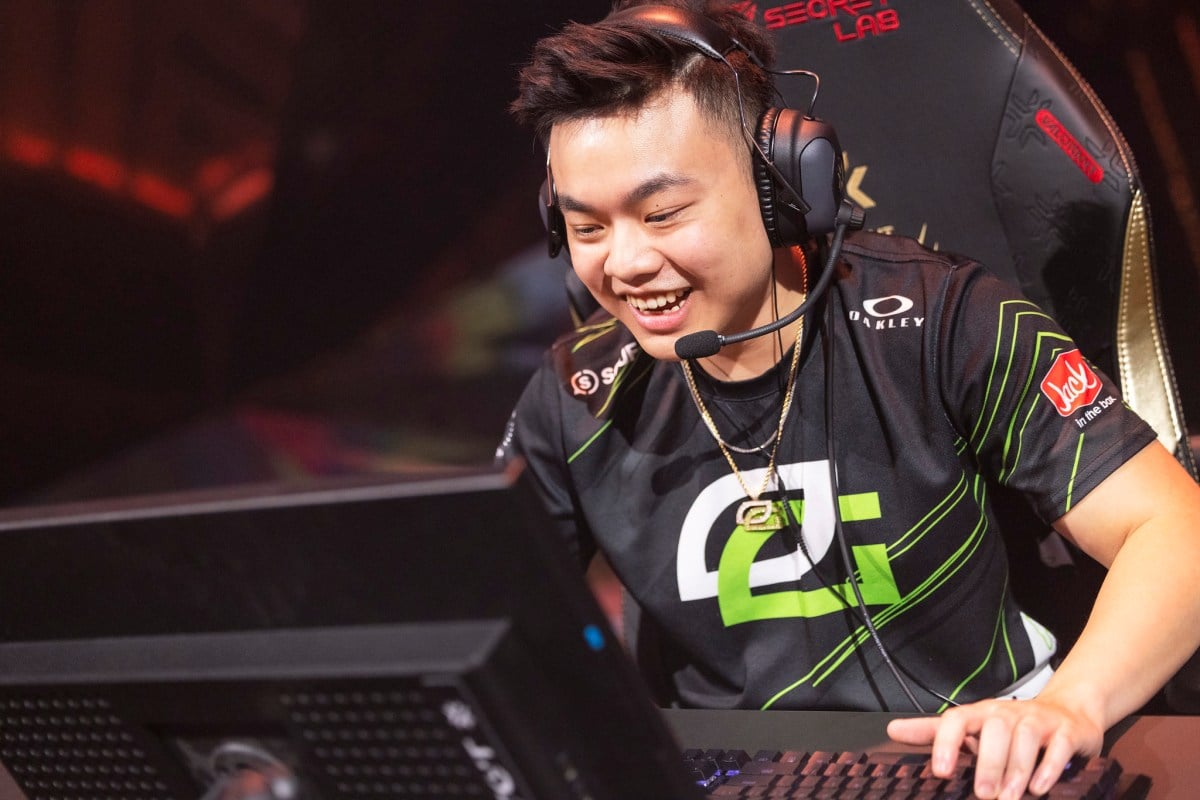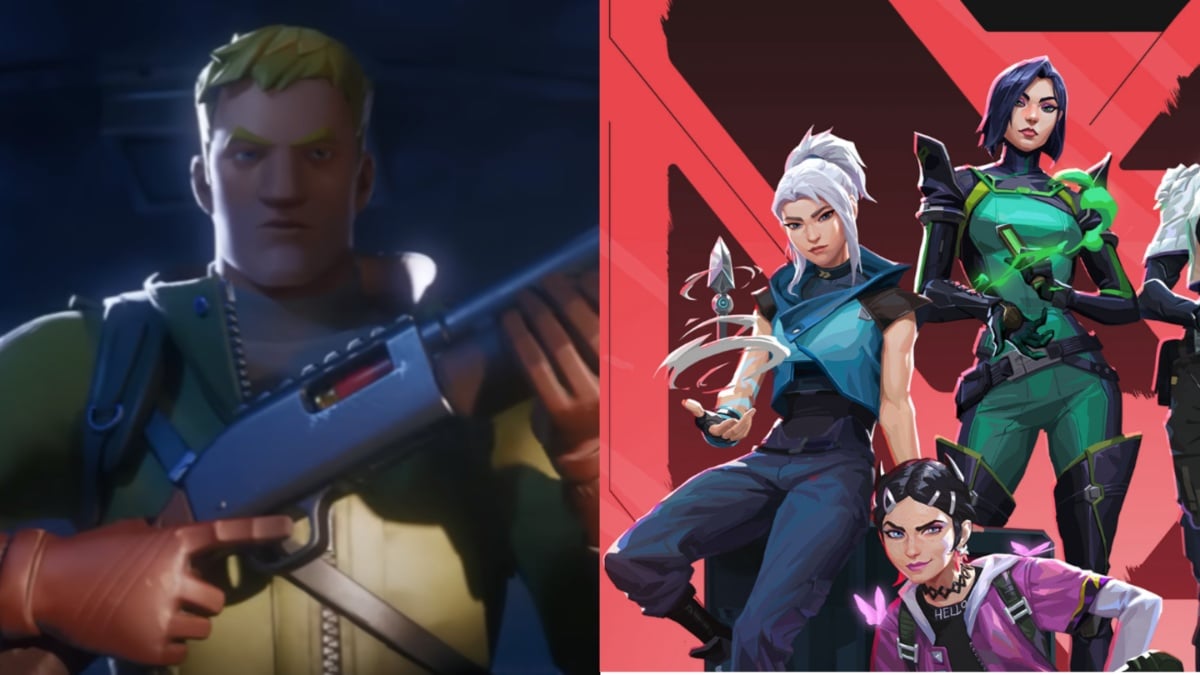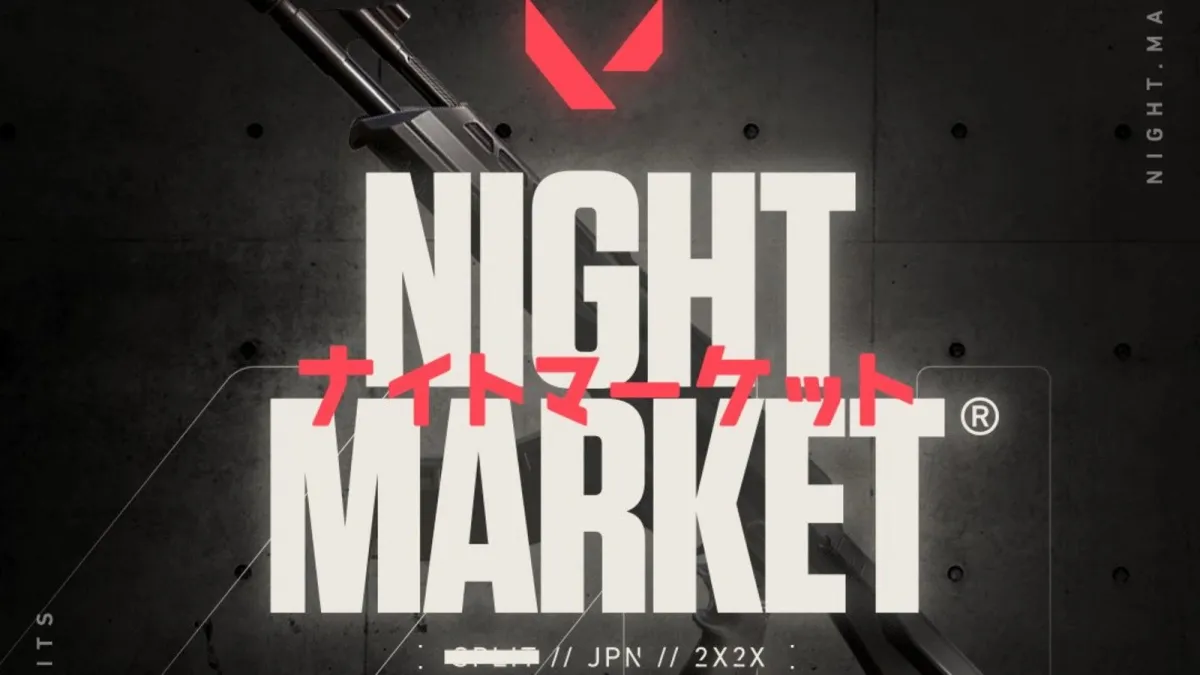While the biggest and best VALORANT teams compete at Champions, most organizations are waiting to hear back from developer and tournament organizer Riot Games to see if they have earned a slot in the highly competitive international leagues next year.
The process to decide which teams will earn a spot in their respective international league is solely down to Riot, with interviews from each organization finalized weeks ago. Many fans have questioned whether big organizations have been denied prior to Riot’s final decision, which will be made later this month. But teams are still waiting to hear back with Riot keeping the limelight on Champions, according to owners with knowledge of the process.
There are around six NA slots minimum in the Americas league, which makes the race extremely tight. There are teams such as TSM, Cloud9, T1, The Guard, Sentinels, NRG, OpTic, and more looking to secure one of the few slots available in one of the most competitive VALORANT regions in the world, for example.
To select a partner, Riot needs to analyze financial data provided by teams. Alongside fan engagement and the stability of the organization, these factors are salient to earning a slot in the international league.
It’s no secret that organizations in esports are rarely profitable. Wages are incredibly high, costs of production are through the roof, and the cost of day-to-day operations continues to skyrocket. Riot knows this, however, and it’s likely that a select few organizations will prove to the company that they can turn a profit. Esports is a business and Riot needs to choose wisely.
Riot is selecting partnered teams for life. These teams can’t be demoted from the league, so each one has to be financially stable to support the ecosystem for years to come. In addition, teams will get the chance to earn in-game cosmetics, which Riot will sell to players in the client, with a percentage of the sales going toward teams. The more money teams can generate, the better.
Another aspect that Riot has to consider is will these organizations bolster the scene and have they shown they are committed to VALORANT esports for the long term. OpTic, for example, merged with Envy’s VALORANT roster in February, so it’s hardly an organization that has committed since the beginning, unlike others such as Cloud9 and TSM.
But organizations will have prepared extensive documents to prove their worth to Riot. Some that have partnered with the developer in other leagues like the LCS or LEC will have a slight advantage considering Riot is aware of which teams have a solid track record.
Riot is here for the long term and it needs partners that can achieve that goal. Fans will find out which teams have gotten into their respective international league in the coming weeks, but an exact date is yet to be revealed.






Published: Sep 9, 2022 12:33 pm